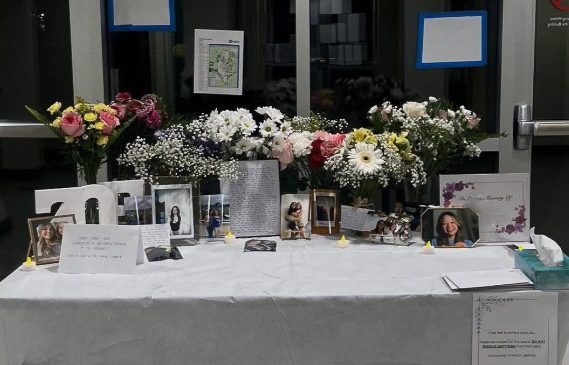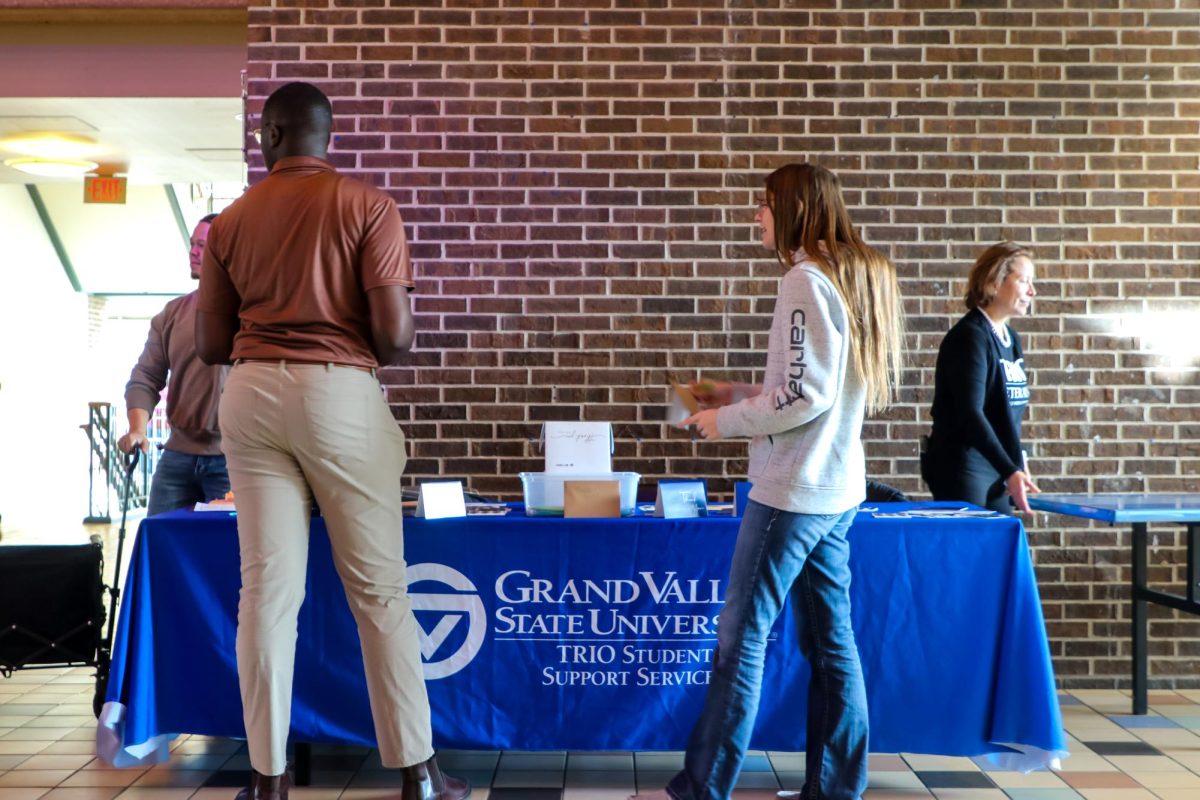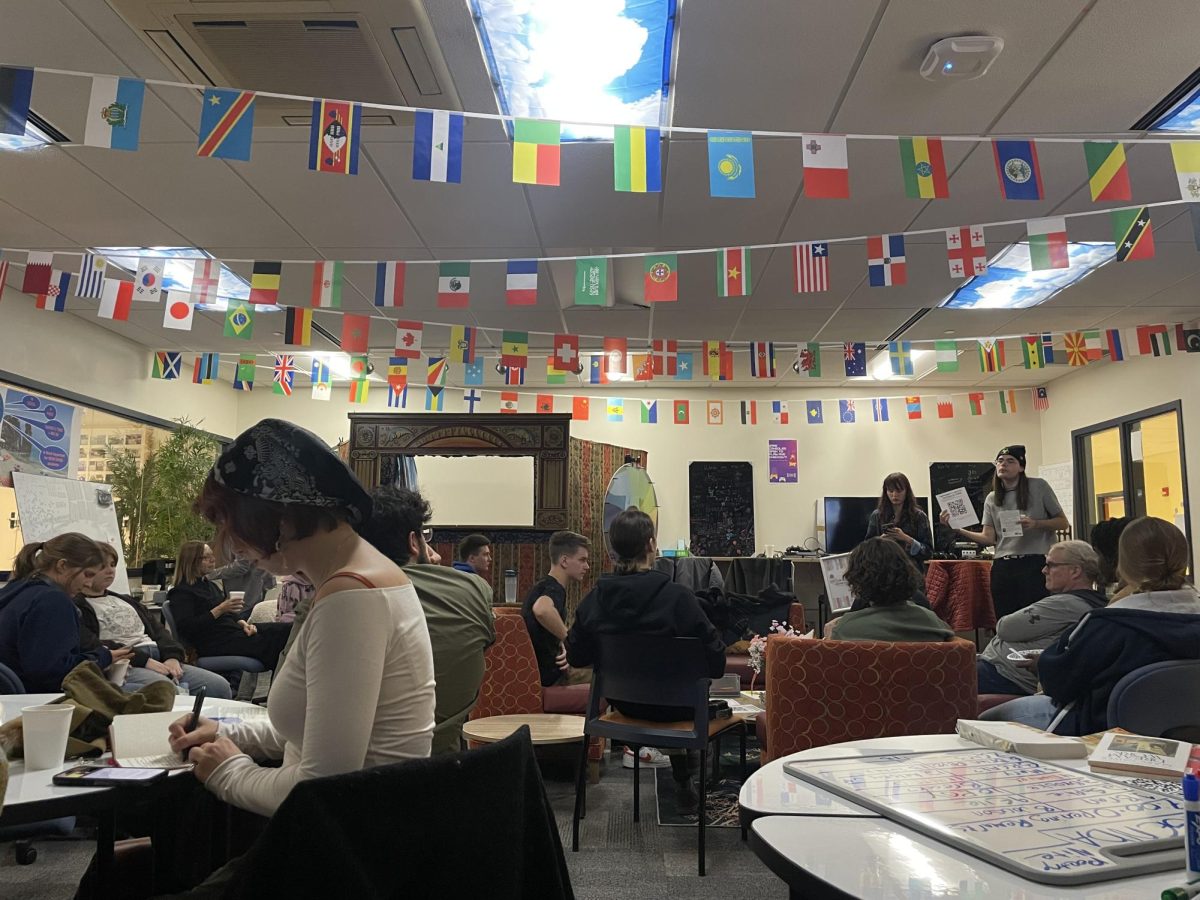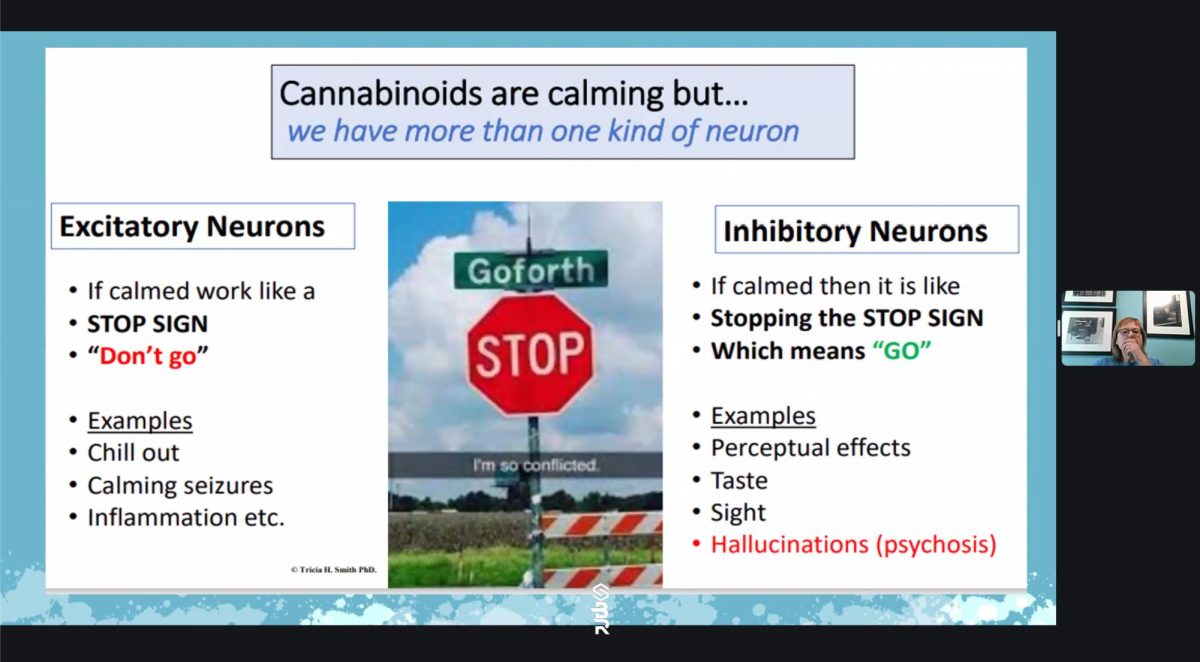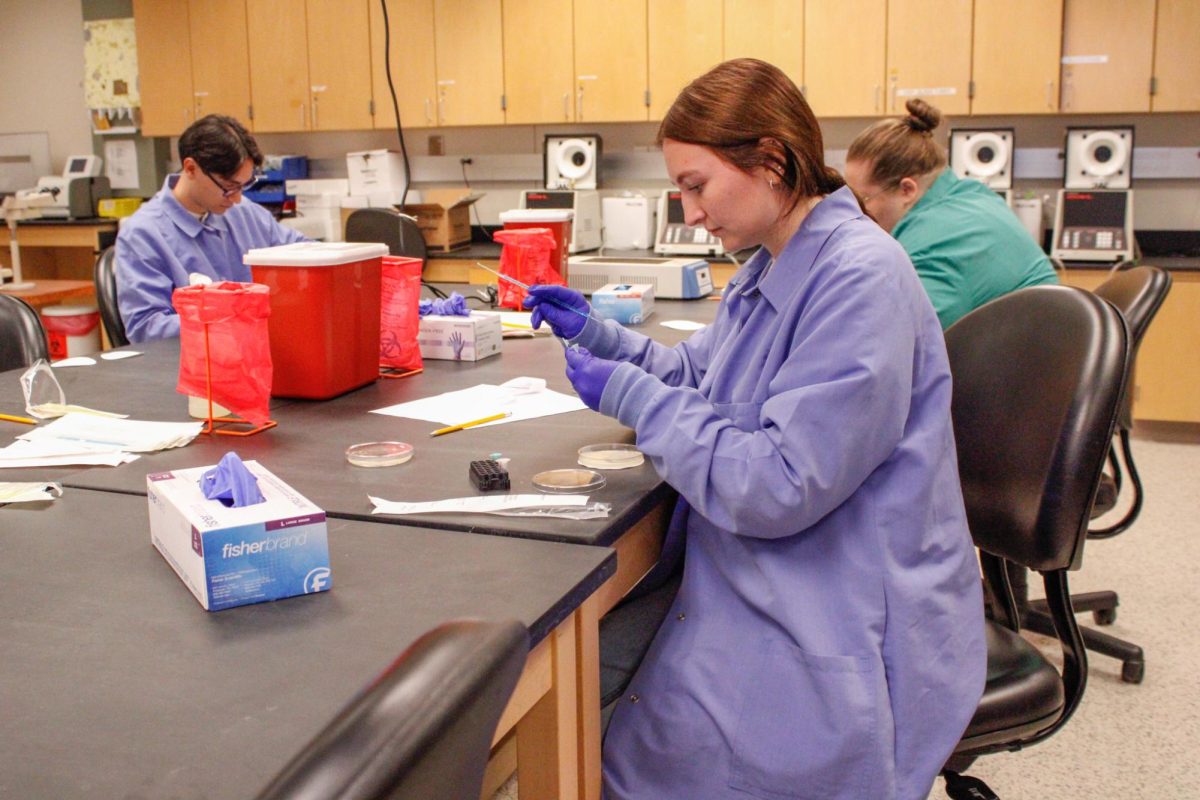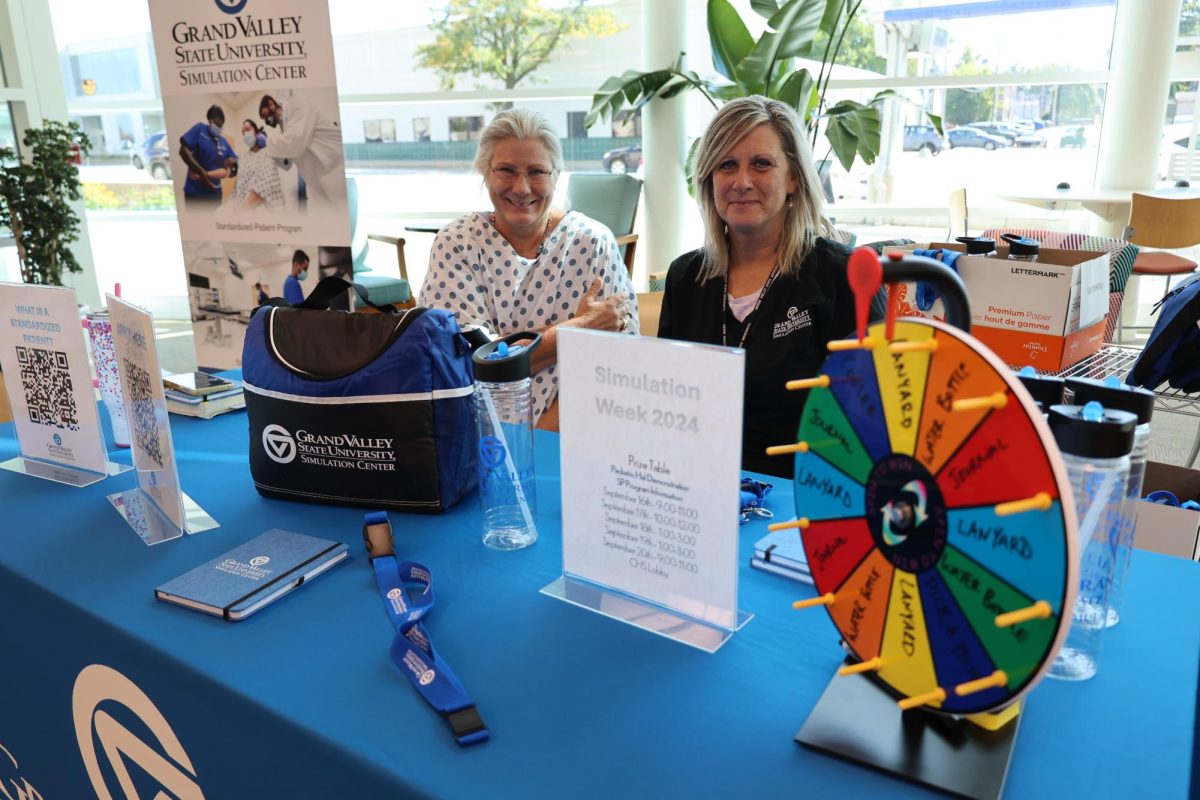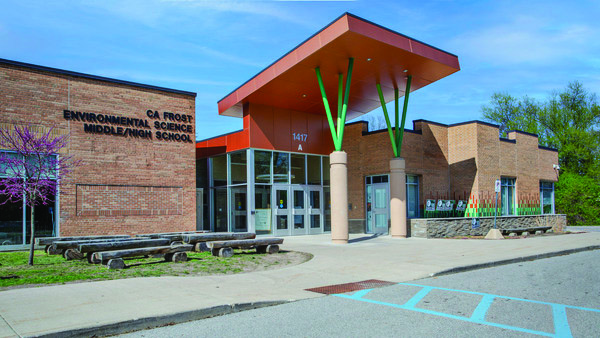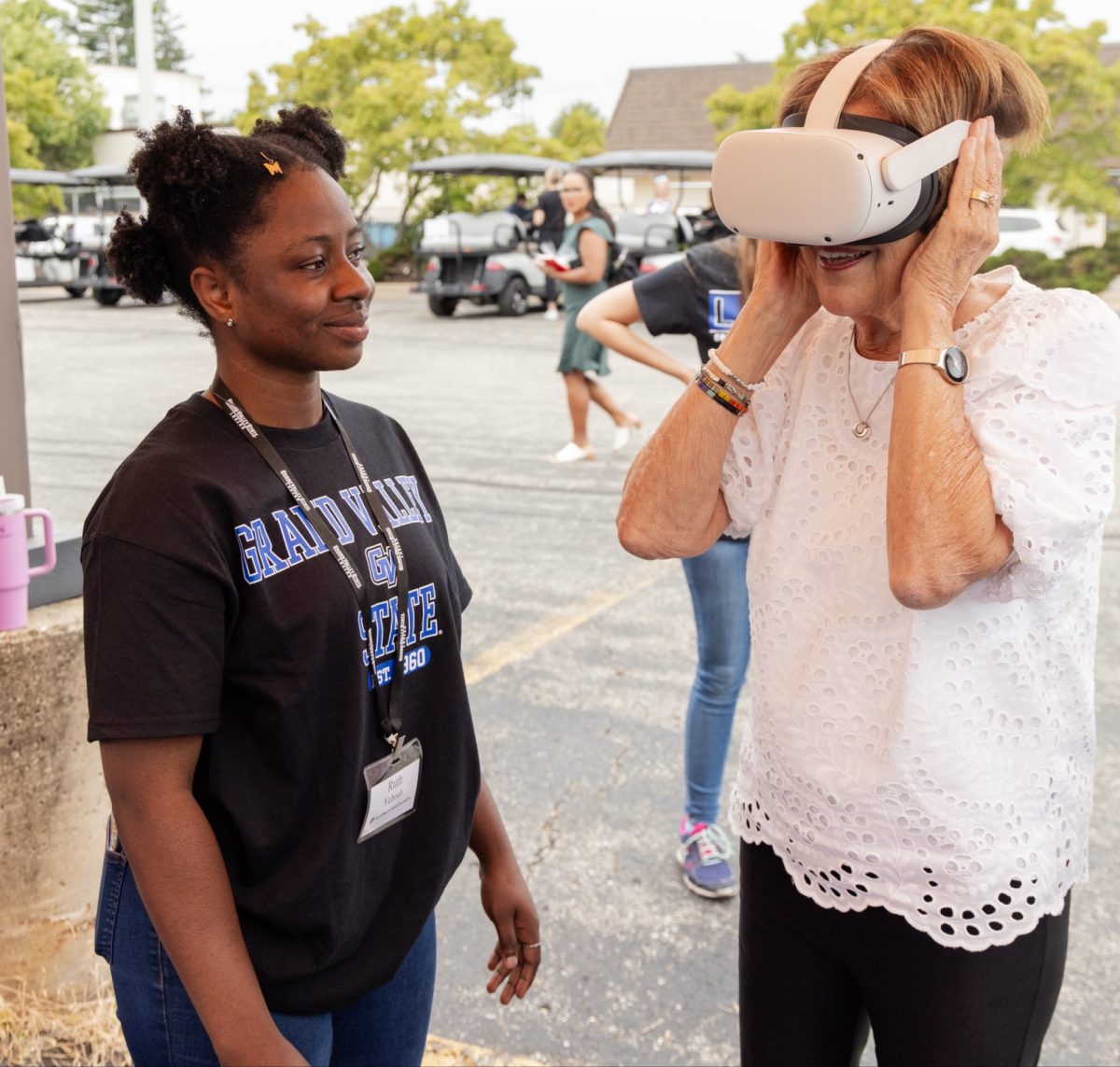The recent death of a freshman student at Grand Valley State University has left the campus community mourning and sparked conversation surrounding the University’s role in communicating health and safety issues. The student’s cause of death has not yet been determined, but is currently being investigated by the GVSU Department of Public Safety. Out of respect for the student’s family, and as advised by GVPD, the student will not be identified in this article.
On Sept. 30, GVPD received a medical emergency call from the Robinson Living Center on the Allendale campus. An 18-year-old female student was found on the ground, unresponsive and not breathing by a resident of Robinson Living Center. The resident called GVPD, then proceeded to perform CPR on the student. GVPD arrived at the scene with an AED a few minutes later, but no shock was administered. Following these unsuccessful attempts, the student’s death was declared by a medical examiner (ME) about one hour after the student had been found.
“While the name of the student may have been released by others, we are not releasing the name at this point in time, and that is to protect the privacy of the family,” said Brandon DeHann, the GVPD chief of police and director of public safety.
GVPD also gave the student Narcan, a medicine that can reverse an overdose. It is not yet clear whether or not the student had actually overdosed. Shortly afterward, the student’s family was notified and the residents living in Robinson Living Center were informed about what had happened.
According to a post on the anonymous chat platform YikYak, which can’t be verified as accurate, the student was reportedly found around 1 p.m. There was a medical emergency call at 12:58 p.m. on Sept. 30 in GVPD’s Weekly Incident Log, which may have been related to the incident.
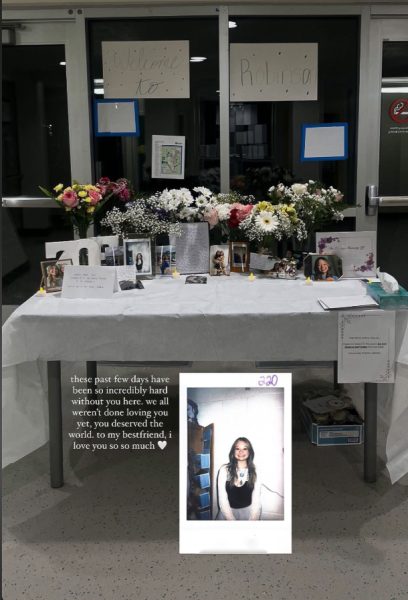
At this time, it is unclear whether or not the death was a suicide. DeHann said that there was no indication of foul play, and that there was no related threat to the campus community.
According to DeHann, the autopsy report will be completed after the toxicology report is submitted to the medical examiner and the cause of death is determined. It is unknown when the toxicology report will be finished but it may take up to 12 weeks or more, according to the Michigan Institute of Forensic Science and Medicine.
Students on social media have expressed their condolences to the family of the student who passed away. Residents of Robinson Living Center made a memorial with flowers, candles and photographs to honor the student’s memory. Employees in GVSU’s Housing and Residence Life were unavailable for comment due to personal or legal reasons but encouraged concerned students to speak to DeHann if they have any questions.
“I was just sorry to hear about it,” said GVSU student Mercy Sjogren. “I read her obituary, and saw the images from her friends. (It’s) so awful. She seemed like a sweet girl, and she was only a freshman.”
As of now, the University has not issued a statement regarding the student’s death. In October 2023, GVSU student Carrington Johnson passed away after having a seizure in September of that year, and no public statement was made by the University. Many students have expressed a desire for the University to be more transparent when such instances occur, both in support of the campus community and awareness for matters of public safety.
“It’s the second year in a row we’ve had a student death without any announcement or explanation from Philly (GVSU President Philomena Mantella), and I think that’s concerning,” Sjogren said.
GVSU student Tiffany Foidl said she agrees the University should announce instances like these and stressed the importance of doing so in a “sensitive and respectful way.”
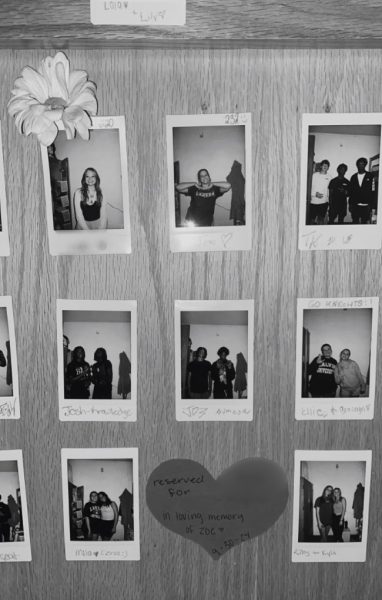
“I feel like we should be made aware of something like this occurring at our school because, depending on whether it was suicide or a similar incident, students should be more aware of what is happening in their community so they can support each other more,” Foidl said. “These matters are very important, and would help us to be better prepared to save a life. This could lead to some additional training that students can partake in to notice the signs of serious or fatal conditions, before it is too late.”
In the event of an emergency, the most vital response tactics for bystanders is to ensure that a person in distress has a clear airway, and to call for help. If a bystander cannot find a pulse or notices the person is not breathing, performing CPR and chest compressions could save someone’s life. Chest compressions should maintain a speed of 120 beats per minute. Should students be in an emergency situation, there are several well-known songs that maintain this tempo. If a person in distress regains consciousness, it is recommended to ask general questions such as their name and age, which may help to keep them conscious and aid police later in the investigation.
In an emergency situation, all students are encouraged to contact GVPD or call 911.




